ww rea
Text as Connected Discourse
Text
- A group of ideas put together to make a point or one central idea
Discourse
- An extended expression of thoughts or ideas
When we link the discourses together, it makes up a large unit of written language we call a TEXT. (Jorgensen & Phillips, 2002)
CHARACTERISTICS OF A TEXT
- Cohesion
- Coherence
- Intentionality
- Intertextuality
- Informativity
- Acceptability
- Situationality
A text is a connected discourse, which means that all ideas in the text must be related in the sense that they would express only one main idea, or that the text must have unity by combining all ideas to emphasize central idea.
Reading and Its Nature
What is Reading?
- It is the ability to successfully generate meaning from text.
- How do we generate meaning from a text? The reading brain
- Perceive symbols set before them
- Recognize the connections between symbols and sounds
- Interpret what they see
- Follow linear, logical, and grammatical patterns of written words
- Relate words to direct experiences to give the words meaning
- Make inference from and evaluate the material
- Remember past learnings and incorporate new ideas and facts
- Put everything together to make sense of the material
READING PROCESS
- Pre-reading
- Activating your schema
- Through reading
- rereading the text until you finally understand its meaning
- Post-reading
- checking your understanding of the text
READING AND THE BASIC SKILLS
Rapid Reading
- Aims to locate specific information or main ideas in a very short span of time
- Skimming
- method of rapidly moving the eyes over text with the purpose of getting only the main idea and general overview of the content
Techniques for effective skimming
- Take note of transitional markers (thus, therefore, to conclude, etc.), as they may signal the main idea.
- Focus on the first and last sentence of each paragraph.
- Scanning
- rapidly covers a great deal of material in order to locate a specific fact or piece of information.
Techniques for effective scanning
- Be clear with the information you need, and keep in mind what you are searching for.
- Avoid reading every word; focus on what you need.
TECHNIQUES IN SELECTING & ORGANIZING INFORMATION
Brainstorming
- It is a group technique that entails a spontaneous contribution of ideas and solutions.
Aims:
- establish patterns of ideas, develop new ways of thinking,
- activate background knowledge,
- and overcome mental block
Graphic Organizers
- These are visual representations of concepts that help structure information into organizational patterns.
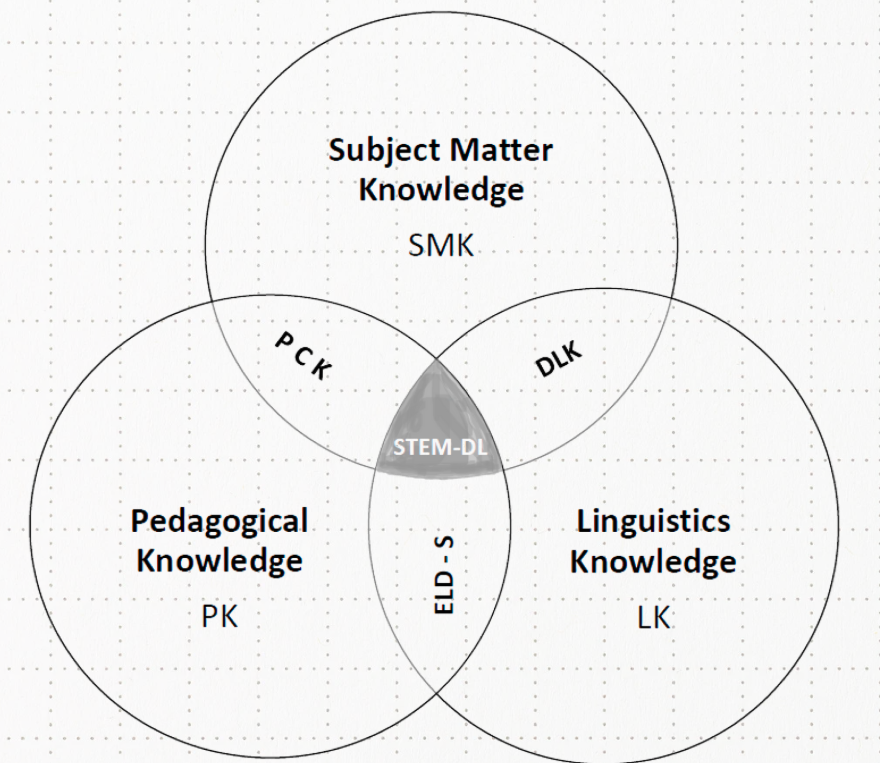
Venn Diagram
- used to compare and contrast ideas and events uses two or more overlapping circles to show similar and different attributes
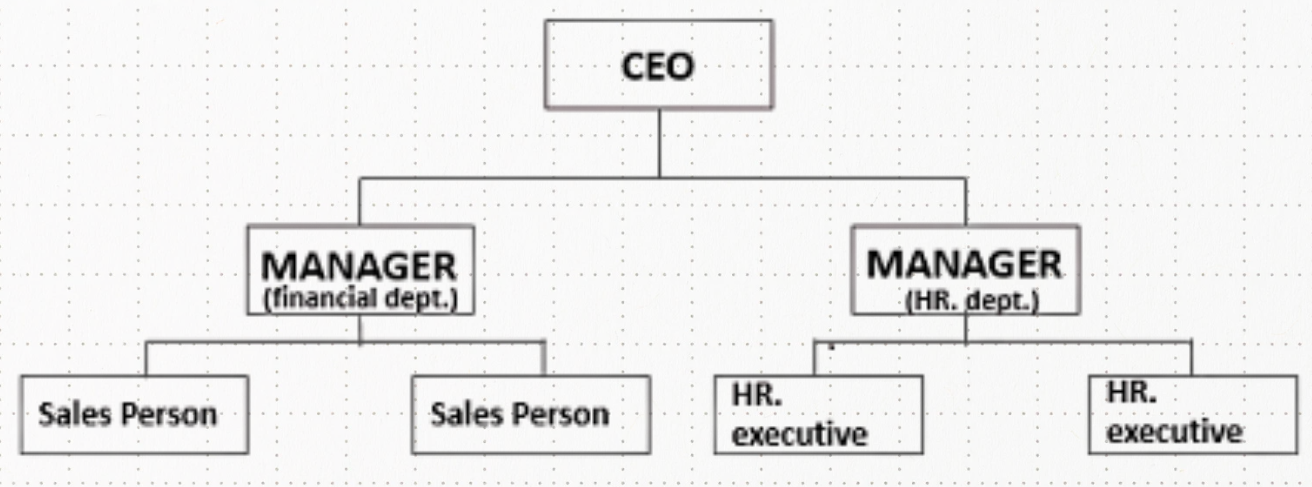
Network Tree
- used to represent hierarchy, branching, and classification useful in showing relationships of scientific categories, family trees, and even lineages
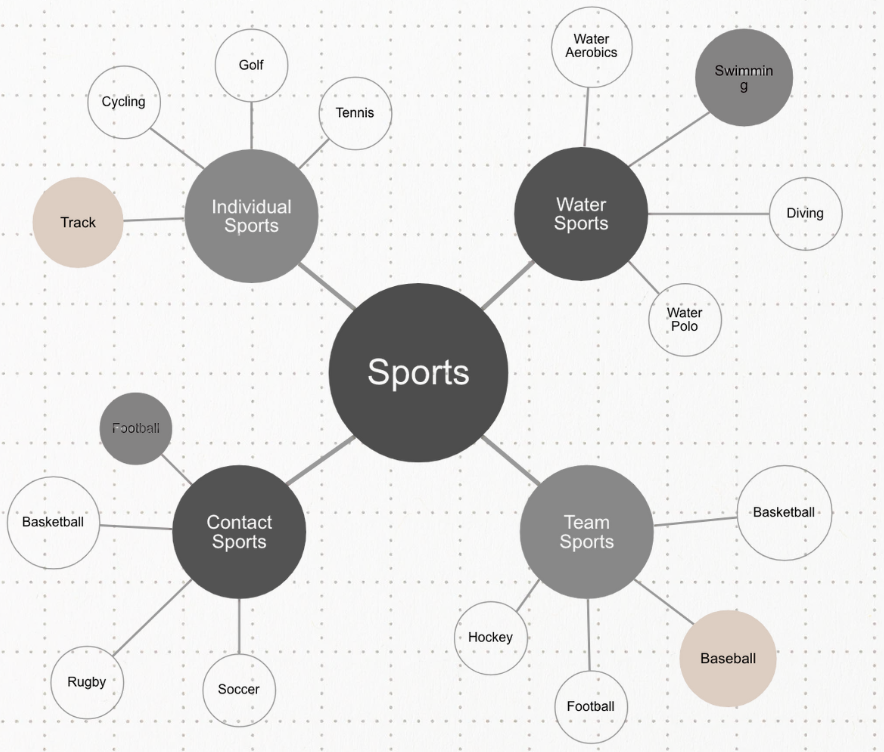
Spider Map/Semantic Map
- also known as the semantic map
- is used to investigate and enumerate various aspects of a central idea
- central idea is placed at the center of the map
- the main idea is placed along its diagonal line, while details of the main idea are placed on the sides of the diagonals
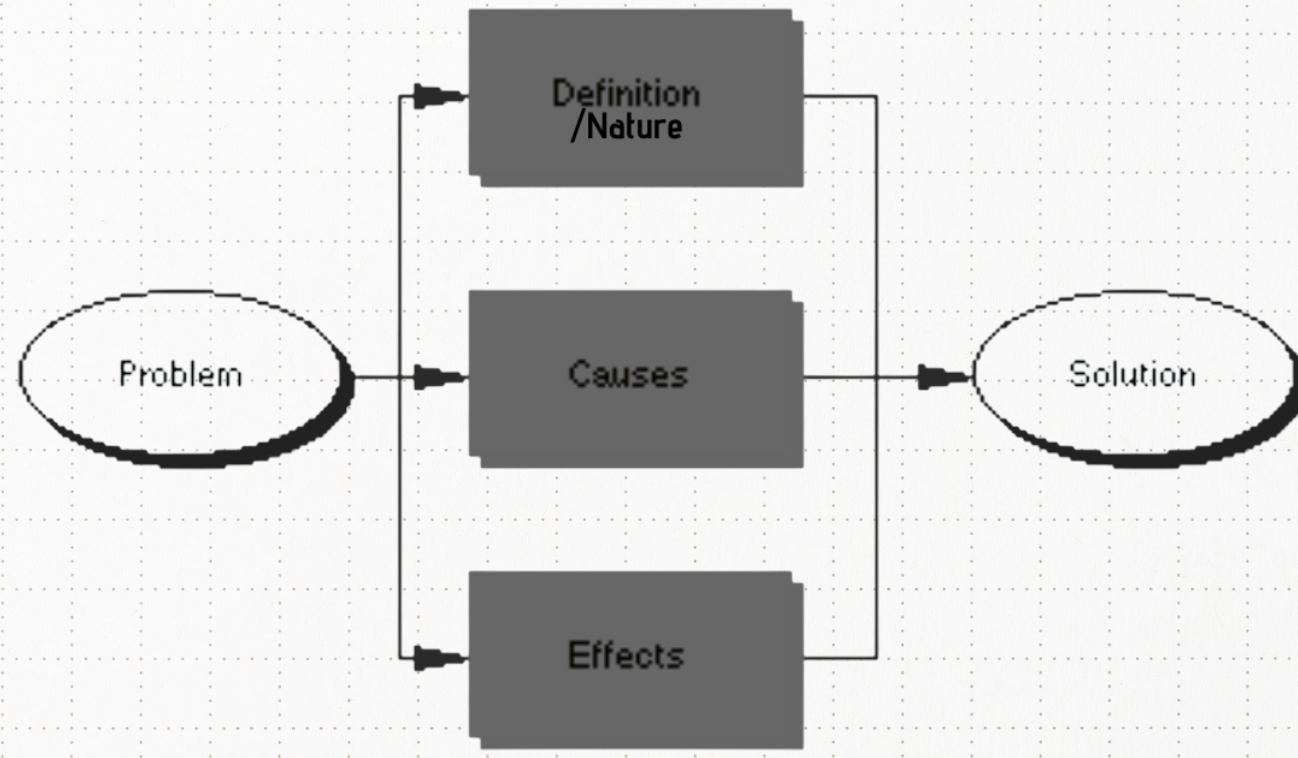
Problem-Solution Map
- displays the nature of the problem and how it can be solved
- usually contains the problem’s description, its causes and effects, and logical solutions
Timeline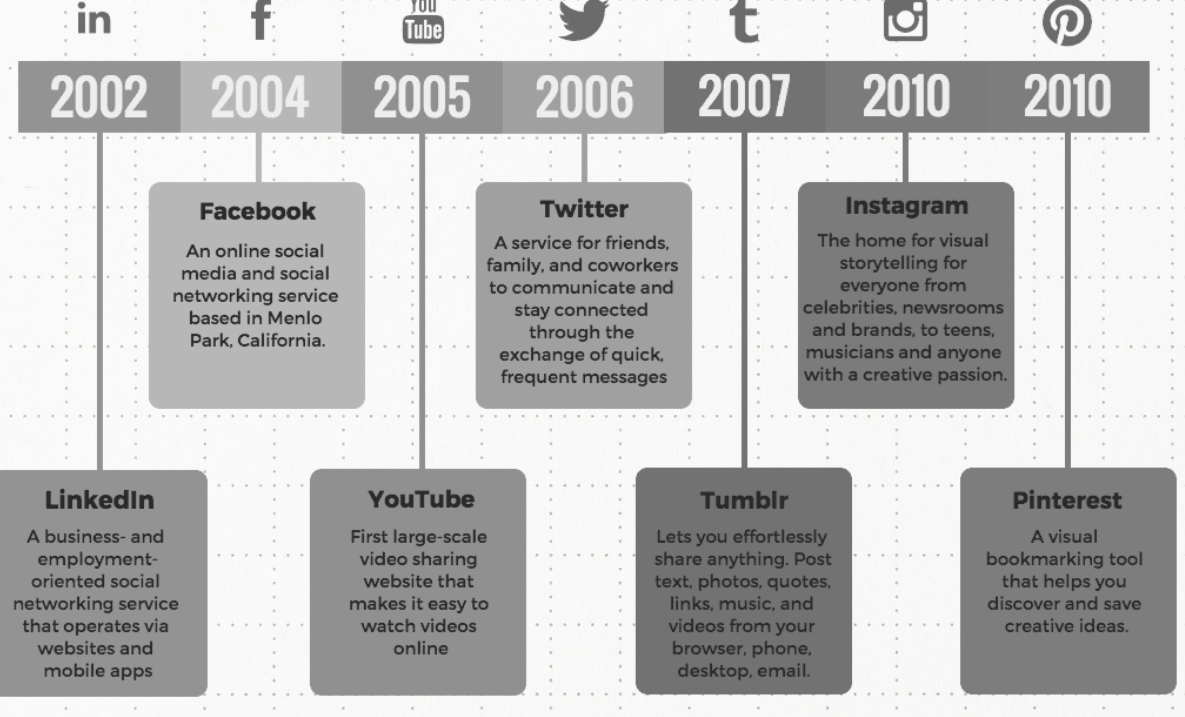
- used to show how events occurred chronologically through a long bar labeled with dates and specific events
- Linear Timeline
- shows how events happened within one period
- Comparative Timeline
- shows two sets of events that happened within the same period
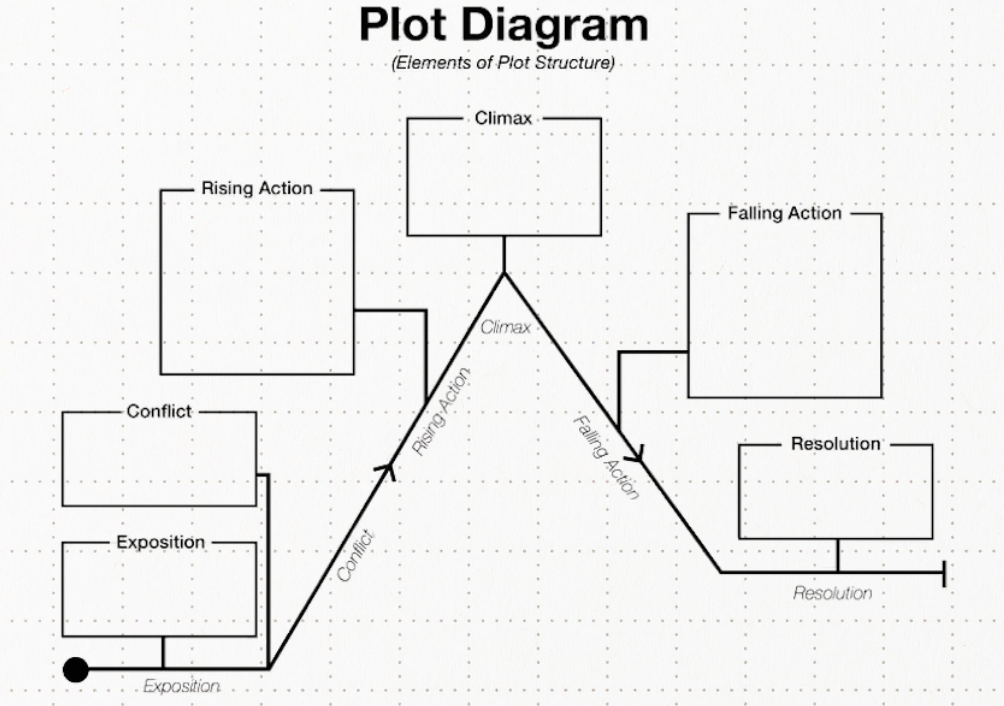
Plot Diagram
- a tool used to map events in the story
- used to analyze the major parts of a plot
- Major Events
- Exposition
- Inciting moment
- Rising action
- Climax
- Falling action
- Resolution
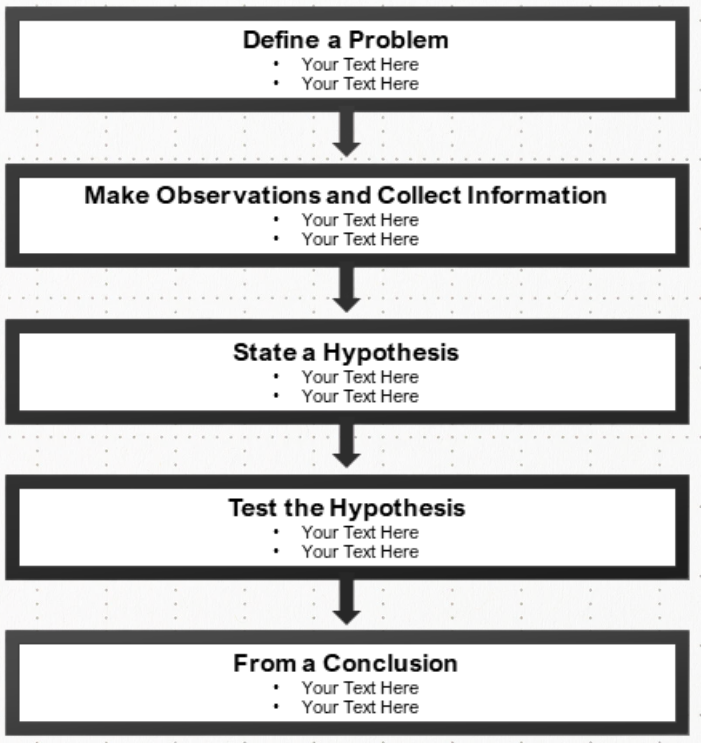
Series of Event Chain
- used to show the logical sequence of events
- helps readers understand cause-and- effect relationships between events
- supports summarizing and retelling by organizing key events clearly
Fishbone Map
- used to better understand the causal relationship of a complex phenomenon
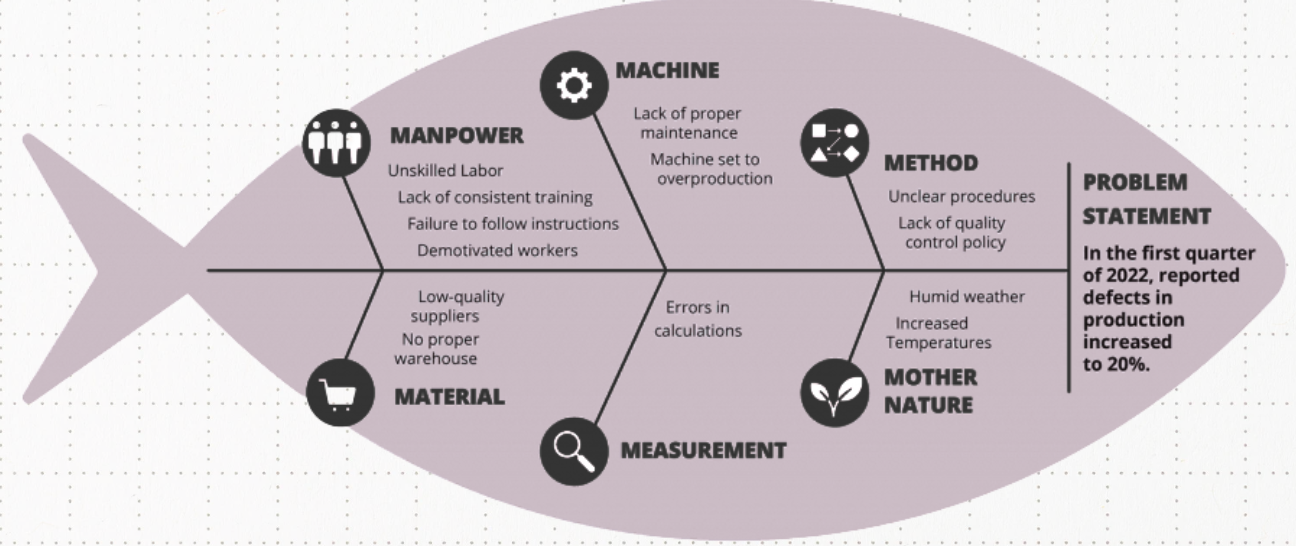
- organizes causes into categories to show how they contribute to the main issue
- helps in analyzing and solving problems by making relationships between causes clear
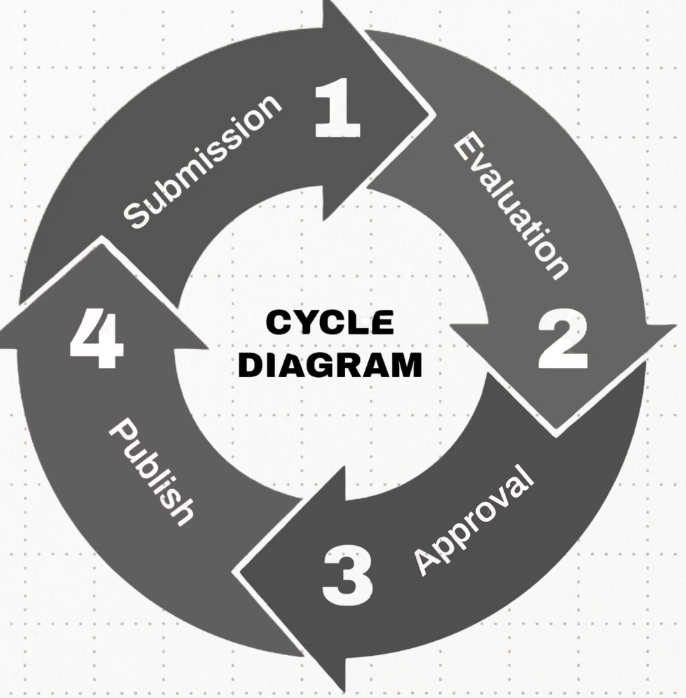
Cycle
- used to describe how a series of events interact to produce a set of result repeatedly
- helps visualize cycles in nature, routines, or systems (e.g., water cycle, life cycle)
- illustrates the continuous flow or stages of a repeating pattern or process
Outline
- is a sequential list of all the ideas that would be discussed and mentioned in the finished text, all grouped according to a logical and hierarchical order
- provides a brief overview of the topics and in what order they would appear
Steps in developing an outline
- Identify the thesis statement, as well as the main points of discussion and their supporting details.
- Arrange the topics in hierarchical order, with the main points of discussion written first followed by an indented list of its supporting ideas.
- Label each of the main points and their supporting ideas in a logical and numerical order, using a different set of numbers or letters accordingly.
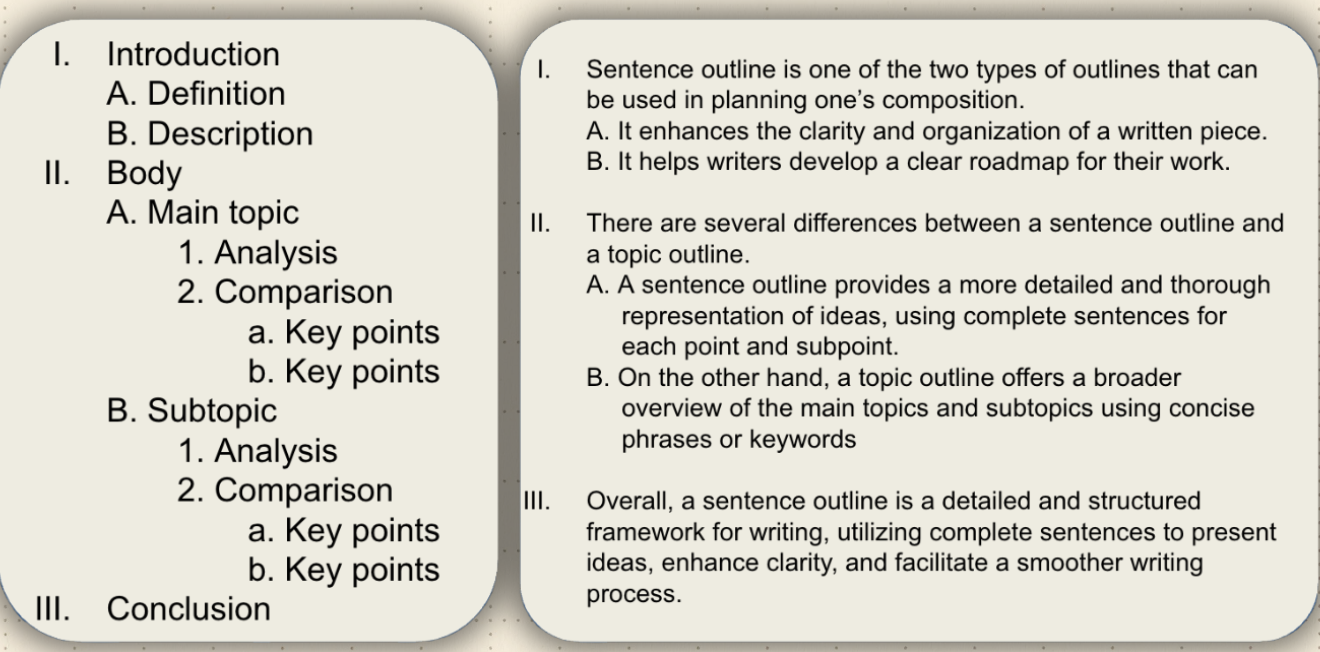
TOPIC OUTLINE VS SENTENCE OUTLINE
Topic Outline
- Lists topics represented by keywords and/or key phrases
Sentence Outline
- fleshes these topics further by expressing them in complete and declarative sentences, while the supporting statements are listed under these main points
PROPERTIES OF A WELL-WRITTEN TEXT
Writing
- Writing is one of the methods that we can use to convey our ideas.
- However, even if you already have the idea that you want to present, there are times that we cannot produce a well-written text. In this lesson, we will learn more about the properties of a well-written text.
Organization
- Organization is the logical arrangement of thoughts and ideas in a written text.
- A clear organization of ideas help readers to understand what the text is trying to say.
- Exemplification is giving examples or specific instances in order to support a claim.
- Classification is breaking down a topic into smaller groups or categories to help readers understand the text.
Mechanics
- Mechanics are established conventions in writing for a particular genre or field of study.
- It is considered as the technical part of a written text.
- Capitalization - proper nouns and first words of a sentence must be capitalized
- Comma rules - commas are used to separate words, clauses, and sentences to show relationship of words clearly.
- (i.e., items in a list, transition words, names, parts of a date or address)
- Conjunctions - Conjunctions are used to connect words and sentences.
- (Common conjunctions: for, and, but, or, yet, for, nor, so, if...then, since, because, while, as, till, where, both, either...or, etc.)
- Apostrophe - can be used in contractions (can't, isn't), in numerals ('66, '90s), in showing possession, (Jack's bag), and in forming plurals (P's, Ph.D.'s)
- Quotation marks - used to show: a quote, chapters and headings of a section, emphasis, around single letters, and dialogues
- Acronyms - words formed from the initials or major parts of the whole phrase. (ROM, CPU, GUI).
- Abbreviations - shortened version of a word or phrase
Language Use
- Language is a system of communication that we use to convey our thoughts and emotions. It is composed of symbols and conventions of a particular community.
- A well-written text uses the language that the intended audience understands.
- Avoid using language that defeats the intention of your message:
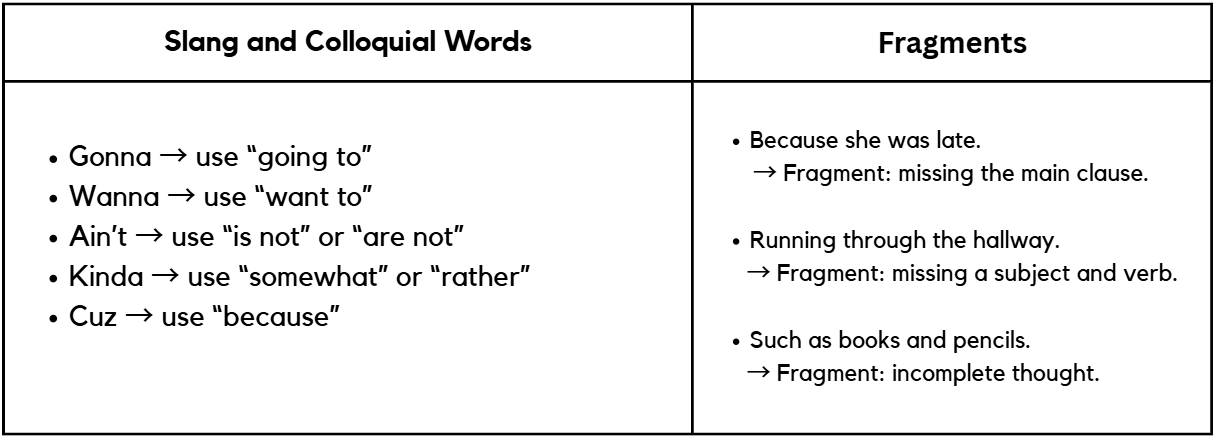
- slang and colloquial words
- fragments
- run-on sentences
- vague or ambiguous words
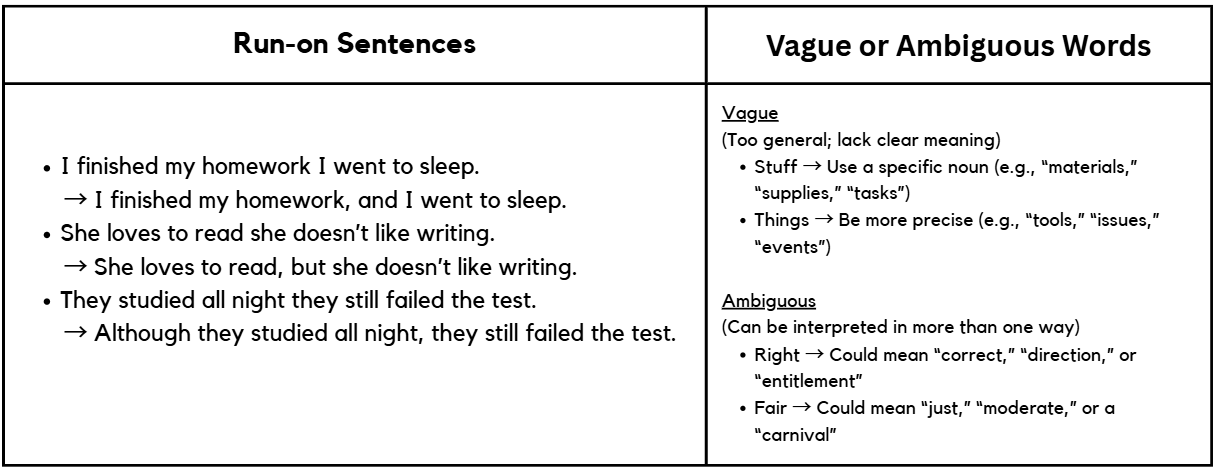
Coherence and Cohesion
- Coherence refers to the state in which all the parts of a piece of text fit together so that they can form a united thought.
- In writing a coherent text, remember the following:
- Establish a focus
- Think of the connectivity of ideas in the text
- Create a structure, plan, or scheme
- Use cohesive devices like pronoun references, conjunctions, synonyms, etc.
- Use parallelism
- Cohesion refers to the state in which words, sentences, and paragraphs in a text are connected to one another using conjunctions, references, substitution, ellipses, and lexical cohesion.
- Tips for Creating Cohesion
- Use conjunctions, reference, substitution, ellipses, and lexical cohesions in connecting words, clauses, sentences, and paragraphs in a text.
- Use repetition like synonyms and references to emphasize the main idea in your whole text.
- Make sure the introduction and conclusion states clearly the central idea behind the text.
- Be consistent! Use arguments which strengthen each other instead of countering each other.
- Structure paragraphs by discussing one topic at a time.
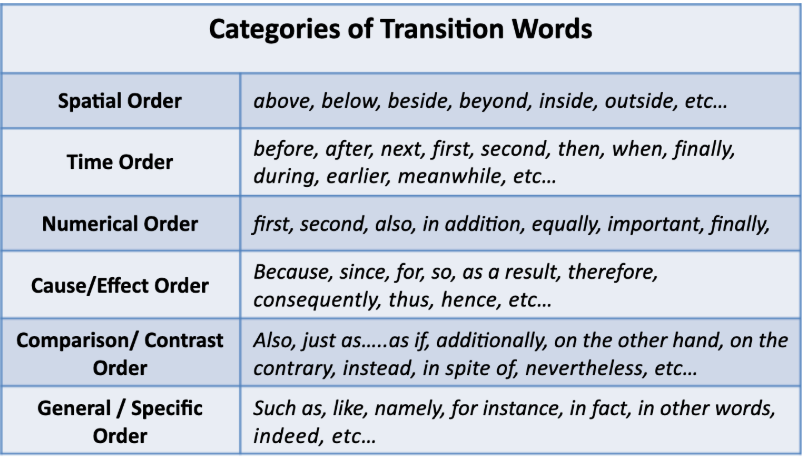
- These are the transition words that we can see from the text:
- As well as
- According to
- Therefore
- and